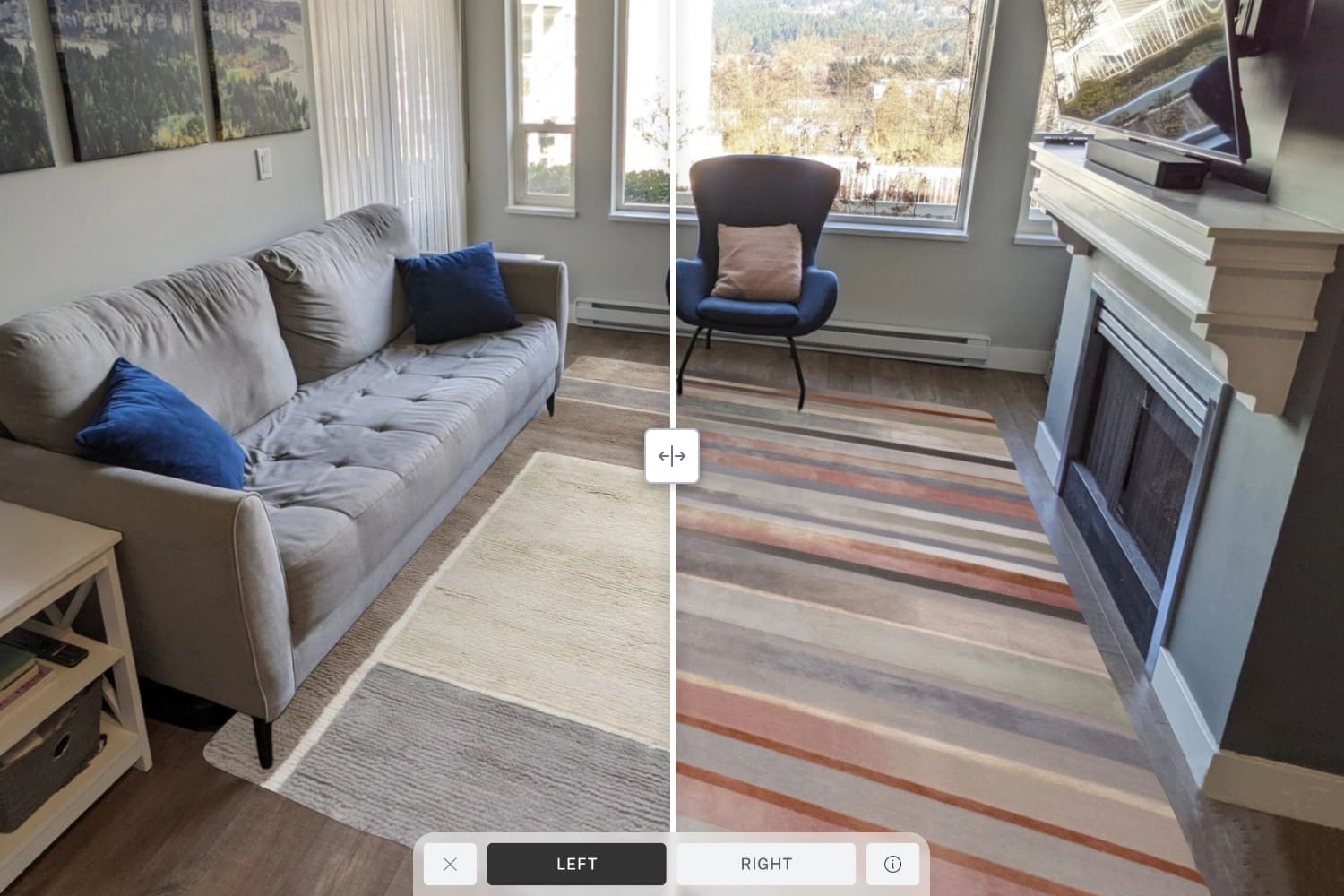Every home improvement manufacturer and retailer wants the same thing at the end of the day.
More sales.
But how do you go about accomplishing this goal? Getting more eyes on your product catalog would be a good place to start. This applies to businesses of all shapes and sizes, whether or not you have an ecommerce website. You can have the best product in the world, but if no one sees it, no one is buying it. Even if you sell exclusively from a brick-and-mortar storefront, chances are your customers will still be researching your products online before deciding if they want to come in for a visit.
The more shoppers are seeing and engaging with your products online, the more likely it is they’ll find their perfect match. So, how can you boost product views on your website?
Here are five proven tactics to consider.
1. Optimize your product pages for SEO
What’s the first thing people usually do when they want to learn about a product?
They Google it.
The single largest driver for website traffic is organic search, according to research conducted by BrightEdge. This is true for multiple industries, and retail is no exception, with 42% of U.S. consumers beginning their online shopping journey on a search engine.
So, if you want more shoppers to land on your product pages, you better make sure those pages are appearing prominently on Google. The best way to ensure visibility?
Search engine optimization (SEO).
In simple terms, SEO is a set of processes designed to help your website pages rank higher on search engines. This can be accomplished in many different ways, but the first step is to identify relevant keywords that your target audience is likely to search for. Perhaps you already have some of this information from your sales team or CRM data. Alternatively, there are plenty of online tools available.
If you’re a flooring company, maybe you’ve found that your customers are commonly searching for “vinyl plank flooring” and “bathroom floor tiles.” From there, you should include these keywords in the relevant product titles, descriptions, URLs, metadata, and other areas where there’s a natural tie-in.
Following these basic SEO principles will give your products a much better chance of being discovered.
2. Show off your products on social media
An effective strategy for any business is to meet your customer where they already are.
And it’s pretty safe to say they’re on social media.
Consider this: there are nearly five billion social media users around the world as per the latest data collected by Demand Sage in June 2023. That’s around 60% of the world’s population. And not only are they on social media, they’re spending an average of two-and-a-half hours per day there.
If you’re not active on social media, you’re missing out on a great opportunity to increase exposure for your business and drive traffic to the products on your website — almost nine out of 10 marketers say that increasing web traffic is a benefit of social media marketing. This should be of particular interest to home improvement manufacturers and retailers, as we’re living in a world where more and more shoppers are finding inspiration from social media to define their dream home aesthetic.
Shopping for home decor is a highly visual experience, which is perfectly suited for social media platforms like Instagram, Facebook, TikTok, and Pinterest. In fact, home decor is the most popular category on Pinterest. So, if you’re looking to expand your audience, sharing high-quality photos and short-form videos of your products and demo rooms could be an easy win.
3. Make sure your website is easy to navigate
Let’s say your SEO strategy and social media efforts paid off and a shopper made it to your website. Now, you have to keep them there.
Easier said than done.
According to Forbes, 61% of website users will leave your site if they don’t find what they’re looking for within five seconds. Additionally, 88% of users won’t return to a website after a bad experience. This underscores the importance of providing a smooth, user-friendly experience.
Improving your website’s loading speed and ensuring it’s optimized for mobile are among the most important factors here. Another must-have is a prominent search bar that yields relevant results, considering that’s where 69% of consumers are going when they visit an online retailer.
You should also consider adding sorting and filtering capabilities, allowing shoppers to organize and view your products based on certain criteria to help narrow down their search. If someone is renovating their home, for example, they probably have a price range in mind. Sorting and/or filtering by price will allow them to easily find your products that fall within their budget, enticing them to stick around.
If you don’t have these features, your customers will be more likely to leave your website – and never come back – without ever engaging with your products.
4. Provide personalized product recommendations
By now, we know that personalization is essential to the online shopping experience.
Customers expect retailers to understand their own unique needs, and provide tailored experiences accordingly. One way to accomplish this, while boosting product views in the process, is to serve up personalized product recommendations based on a customer’s buying and browsing history.
These artificial intelligence-powered recommendations can appear directly on your website’s homepage, product pages, and checkout pages, as well as other stages of the purchasing journey.
Among other benefits, Salesforce research found that shoppers who click on a product recommendation spend an average of 12.9 minutes on-site vs. 2.9 minutes otherwise. This, naturally, will lead to more product views, and according to Salesforce, significantly more revenue.
5. Offer room visualization
You’re probably starting to notice a theme here.
When it comes to increasing product views, the shopping experience plays a major role. Making it more enjoyable and less stressful for the consumer can go a long way.
Roomvo checks both of those boxes.
Using proprietary technology powered by augmented reality, Roomvo arms home improvement manufacturers and retailers with an ultra-realistic room visualizer that allows shoppers to see what your products are going to look like in their own space before making a purchase.
If a customer wants to paint their master bedroom, for example, they just have to upload a photo of their room and within seconds they can visualize your different paint colours on their walls. The same process applies for flooring and rugs, wall coverings, countertops, backsplashes, and more.
Rather than having to wait on physical samples, shoppers can now try out your products right away. And they can try out as many as they’d like, which has proven to significantly boost product views. That was certainly the case for HARO, Germany’s leading hardwood flooring manufacturer, who saw product views increase by 12x after replacing their outdated visualizer with Roomvo.
Home renovations are stressful enough for consumers. Roomvo helps make the shopping experience more personal, more interactive, and best of all, more fun. For home improvement manufacturers and retailers, this means more product views, more engagement, and ultimately more sales.






